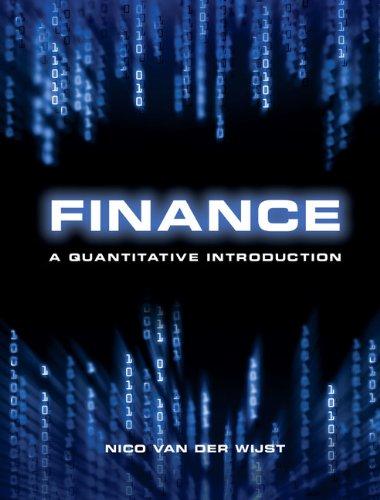

Answer QA4 and QA5 using the following information. An economist is interested in the determinants of child labor, and based on the following population model, wants to test whether the literacy of the mother and father have equal effects. hours worked Bo + Biage + B2rural + Bzmother's literacy + B4father's literacy +35female + u (2) Thus, the economist wants to test the following: Ho: B3 = B4; H1: B3 # B4, which can be rewritten in terms of the parameter e, as Ho: 0 = B3 B4 = 0; Hi: 0 0. The economist produces the following regression output, where tradhrs and mlit are the variables for hours worked and mother's literacy respectively, while all other variables but X are as in the regression (2) above. tradhrs t age Std. Err. 0.039 0.239 0.430 P>It! 0.000 0.000 Coef. 1.724 5.824 -0.492 -2.469 1.674 -11.287 rural mlit 0.253 43.700 24.370 -1.140 -9.930 7.540 -22.740 [95% Conf. Interval] 1.647 1.802 5.356 6.293 -1.334 0.351 -2.956 -1.981 1.239 2.110 -12.260 -10.314 X female 0.249 0.222 0.496 0.000 0.000 0.000 constant A4. If this output provides a direct estimate of 0 and its standard error, as well as a direct estimate of all but one of the Bs, how must X be defined? (Hint: Substitute B3 = 0 + B4 into the regression (2) and re-arrange terms]. A5. If this output provides a direct estimate of O and its standard error, as well as a direct estimate of all but one of the B's, what is the estimate of O? Is Ho: 0 = B3 B4 = 0 rejected at the 5% significance level? Answer QA4 and QA5 using the following information. An economist is interested in the determinants of child labor, and based on the following population model, wants to test whether the literacy of the mother and father have equal effects. hours worked Bo + Biage + B2rural + Bzmother's literacy + B4father's literacy +35female + u (2) Thus, the economist wants to test the following: Ho: B3 = B4; H1: B3 # B4, which can be rewritten in terms of the parameter e, as Ho: 0 = B3 B4 = 0; Hi: 0 0. The economist produces the following regression output, where tradhrs and mlit are the variables for hours worked and mother's literacy respectively, while all other variables but X are as in the regression (2) above. tradhrs t age Std. Err. 0.039 0.239 0.430 P>It! 0.000 0.000 Coef. 1.724 5.824 -0.492 -2.469 1.674 -11.287 rural mlit 0.253 43.700 24.370 -1.140 -9.930 7.540 -22.740 [95% Conf. Interval] 1.647 1.802 5.356 6.293 -1.334 0.351 -2.956 -1.981 1.239 2.110 -12.260 -10.314 X female 0.249 0.222 0.496 0.000 0.000 0.000 constant A4. If this output provides a direct estimate of 0 and its standard error, as well as a direct estimate of all but one of the Bs, how must X be defined? (Hint: Substitute B3 = 0 + B4 into the regression (2) and re-arrange terms]. A5. If this output provides a direct estimate of O and its standard error, as well as a direct estimate of all but one of the B's, what is the estimate of O? Is Ho: 0 = B3 B4 = 0 rejected at the 5% significance level








